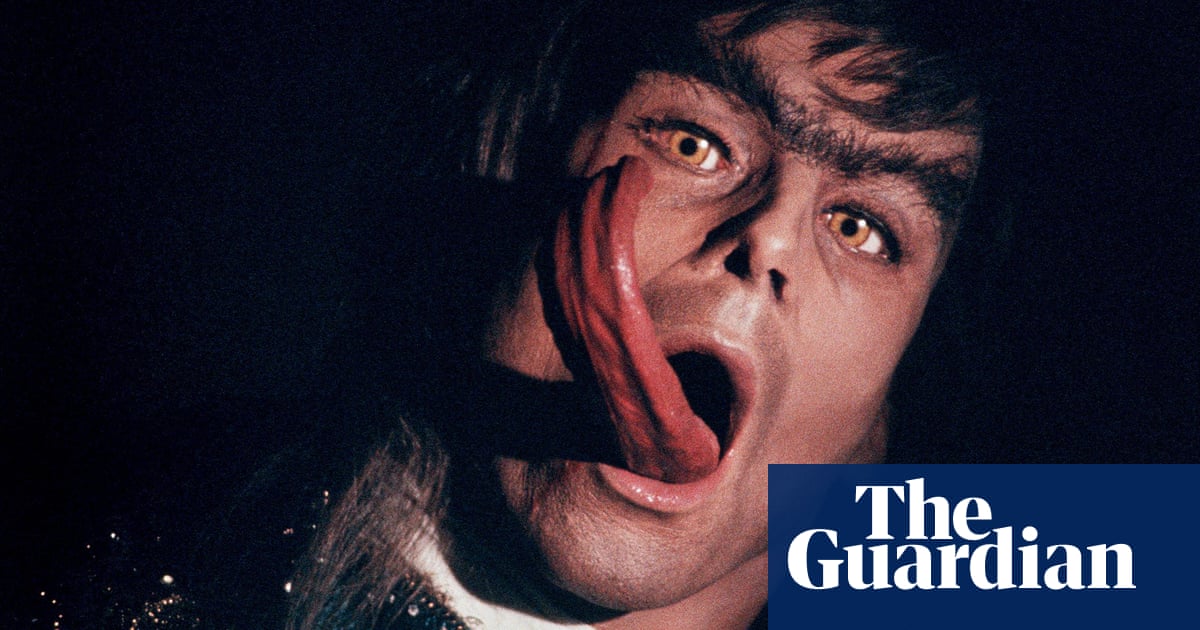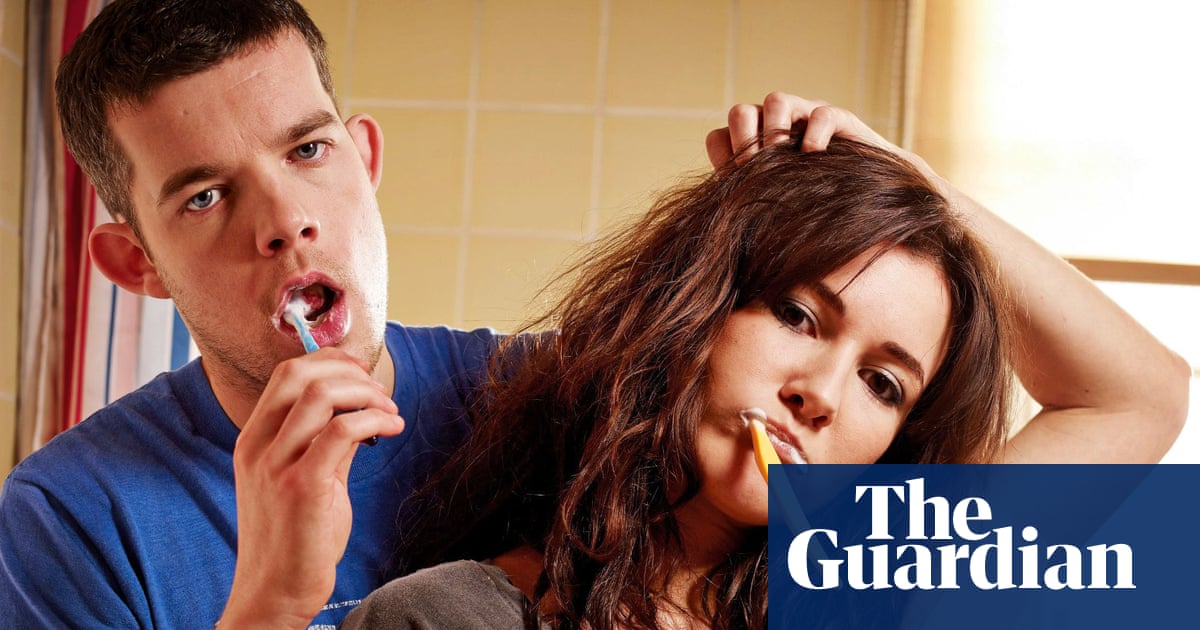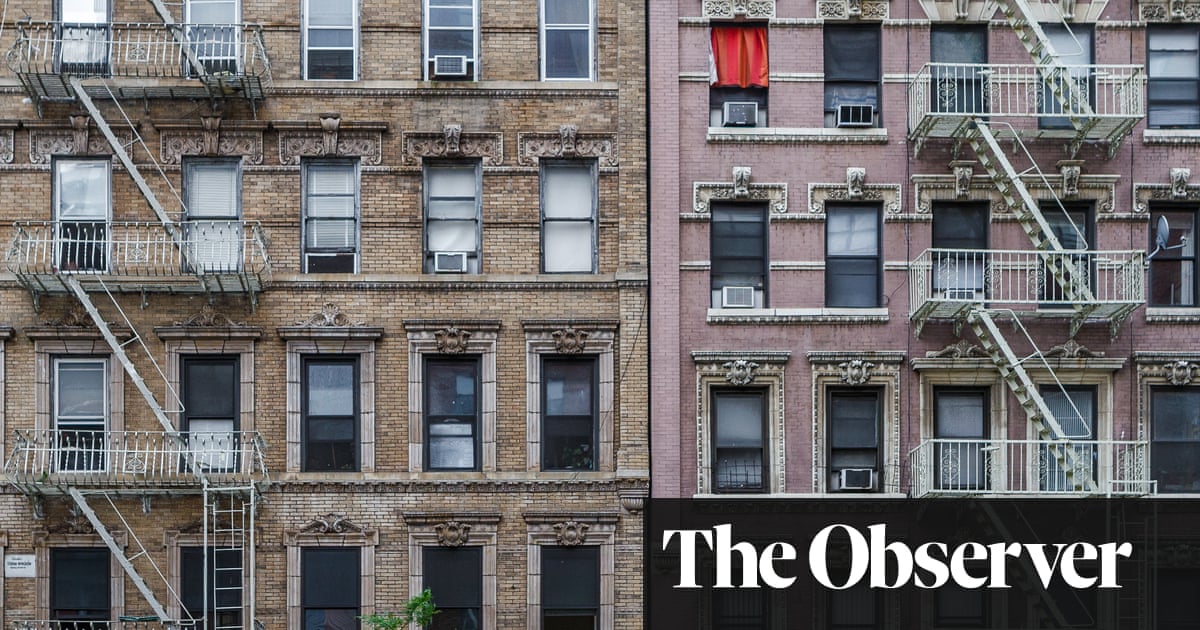
Tim Smit, co-founder and original concept
I had successfully turned a long-disused garden in Cornwall into the Lost Gardens of Heligan and was looking for another big project. I started thinking about an epic setting to showcase the world’s most important plants. Horticulture didn’t seem to be taken seriously, and I wanted to make people think differently about our environment and relationship with plant life.
I felt like a 12-year-old who wants to build an imaginary castle. I was inspired by Arthur Conan Doyle’s The Lost World. I liked the idea of a lost civilisation in, say, the middle of a volcano but there aren’t any volcanoes in Cornwall any more. Instead, I found a derelict 160-year-old clay quarry and imagined adding some giant greenhouses. It took six years before we could open, on 17 March 2001.
Eden cost £140m to create. The money came from the lottery, a regional development fund, the EU, donations and a bank loan, most of which has now been repaid. I was an archaeologist and had been in the music business. I didn’t know about plants, but I learned from our team of horticulturalists.
Rather than ship in 90,000 tonnes of soil, which would have been counter to our message, we wanted to create it in a way that showed environmental regeneration was possible. So, with Reading University, we manufactured our soil from local minerals and compost in a pit nearby. Many of our almost 2m plants – everything from pineapple trees to the gigantic titan arum, and 1,000 rainforest species – came from botanic gardens and research stations. But a lot were and are grown from seed in our nursery.
We had huge technical issues, too, such as building foundations a mile long that had to go over liquid clay or rock-hard granite but could only move by 8mm without threatening the structure. It’s all held in place with giant screws.
The Eden Project has generated £2.2bn for the local economy, attracted 20 million visitors and has regenerated Cornwall. I imagined the drive down from London or wherever to be like a pilgrimage. I wanted people to come out of the biomes, our domes containing the rainforest and Mediterranean climates, then see the horticulture in our temperate outdoor landscape and botanic garden. I hoped it would change how they thought about the planet.
Andrew Whalley, architect
Before Eden, my firm Grimshaw Architects’ big break was doing Waterloo international terminal in London. It is a huge glass and steel structure that looks like a giant greenhouse, so it attracted Tim’s attention. We met at Waterloo and walked through it. He did the first sketches for Eden that night on a napkin in the pub.
Our original designs for the biomes – hundreds of hexagonal and pentagonal cells supported by geodesic tubular steel – looked more like Waterloo, but we used ETFE foil, or ethylene tetrafluoroethylene, which was more transparent than glass but extremely lightweight. It uses 1% of the energy and carbon of glass. The difficulty was creating biomes that would interlock across a constantly shifting landscape. Then we noticed how washing-up bubbles connect together, and based the whole design on soap bubbles.
We made The Guinness Book of Records for the most amount of scaffolding: 230 miles. It was hard for people to build a home extension for a while, because so much scaffolding was down at Eden. The structure involved loads of trusses, and driving it all down the A30 would have meant road closures and massive lorries. So we made it all in smaller bits, like a huge Meccano set that could be driven down in small trucks.
When we started building, it rained for months and our elaborate visitor centre washed away. Tim being Tim asked: “Can you create something better for half the budget?” Over a weekend, we redesigned it so it was buried in the ground, with mud walls and rocks. To help with funding, half a million people paid £5 each to come in and watch Eden being built –and getting photos of the construction in the newspapers boosted interest.
It opened at the height of foot and mouth outbreak. I drove down past fields full of burning cattle, but when the police asked everyone not to travel to Cornwall on bank holiday Monday, everyone came anyway.
Some of the James Bond film Die Another Day was shot at Eden – Halle Berry abseils down a biome – but the most inspiring thing is igniting people’s imaginations. It’s an authentic experience, with butterflies and creatures. Everything you’d get in a tropical rainforest except poisonous snakes.
The Eden Project celebrates its 20th anniversary on 17 March. It will reopen on 17 May 2021, subject to the latest government guidance. Timed entry tickets will be available to prebook from mid-April.












